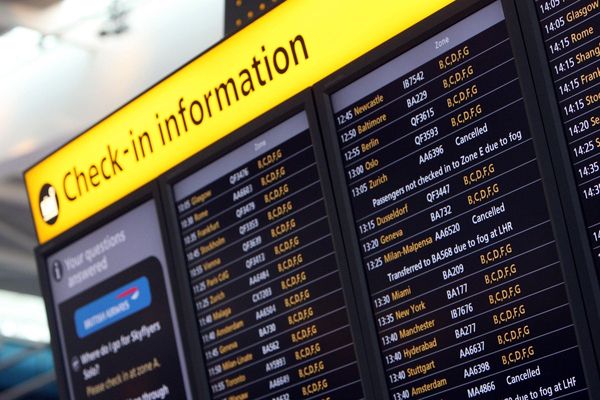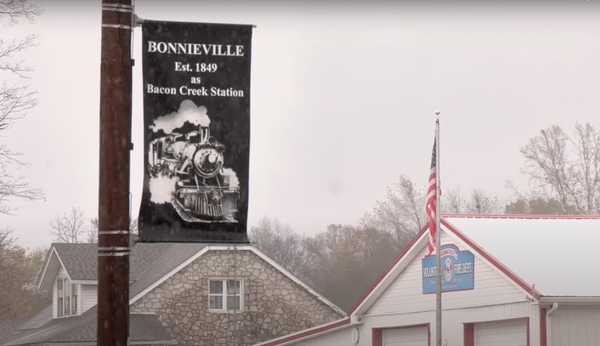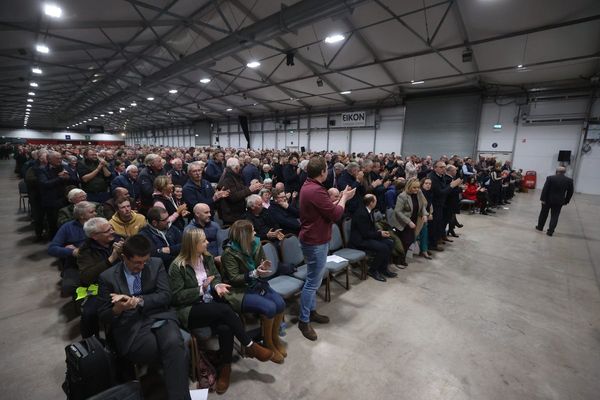While Nottingham has plenty of stained glass windows on display, there are some that you would be forgiven for missing completely as they are tucked away from view. Hidden down an alleyway better known for bins than beautiful works of art, Bottle Lane has some of the prettiest examples in the city.
The windows are carefully protected by iron bars as you walk down the side street that connects the Lace Market Tram stop to Bridlesmith Gate. However, they are worth slowing down to take in decorative artworks. But, why are they here?
Read more: Nottinghamshire neighbour fears Red arrows move will attract 'defecating litter louts'
The building, which was thought to be built in 1870 by architect Robert Evans, is now used as the Cosy Club in Victoria Street, which has made good use of the stunning interior, including the stained glass windows. Although it is unclear when the windows were added to the building as it has had many uses throughout the years.
It's not just the windows that can be seen from the outside but there are examples used throughout the interior too with a stained glass ceiling at the top of a grand staircase. The club was given a £1 million refit before it opened, with many of the original features being kept like the bathrooms, carpets and some of the furniture.
While Bottle Lane may be empty now, it was once a busy side street known for pubs including Queen Elizabeth II. It is now almost empty excluding Waterstones on the corner and a gym along with offices.
It was once known as Lyndby Lane after Mr Hugh De Lindby, who was the Major of Nottingham in 1400. The street had a name change in 1750 when it switched to being called Bottle Lane, although locals had been referring to it as this for some time already.
While there is little information on why the name was changed, it is suspected that it could be related to the leather bottles that were in use at the time. It could also have come from the old word for rough tenements which was bothell.
The three-storey building was once home to the Imperial Life and Fire Insurance Company in Nottingham which is why the word 'Imperial' can be seen on the exterior. In 1913, it transformed into the Reform Club, which is where some of Nottingham's middle and upper classes, including Boots founder Jesse Boot, went for something to eat.
It became The Victoria Club in the 1960s with a bar, casino and was known for fine dining with a snooker hall on the top floor. It was owned and operated by businessman George Akins. The members-only club remained open until the end of the 1990s but was restored and reopened in 2001 before closing again.
Bottle Lane also had a series of pubs on the street itself over the years including the Queen Elizabeth II pub which was built in 1928 to replace a former Victorian pub that stood on the same site. The pub was tied to Nottingham's Home Brewery and photos show it still in operation as late as 1998 - it is thought to have closed in 2000. The pub would have been on the south side of the lane.
Read more:
- Tributes paid as Nottingham satirist John Bird dies aged 86
- Woman found dead in Nottinghamshire home as police and ambulance called
- Knife found after 'disturbance' at Nottingham city centre pub
- Top Gear hosts 'broke on-site speed limits' at Notts power station
- The latest M1 news from Nottinghamshire Live







